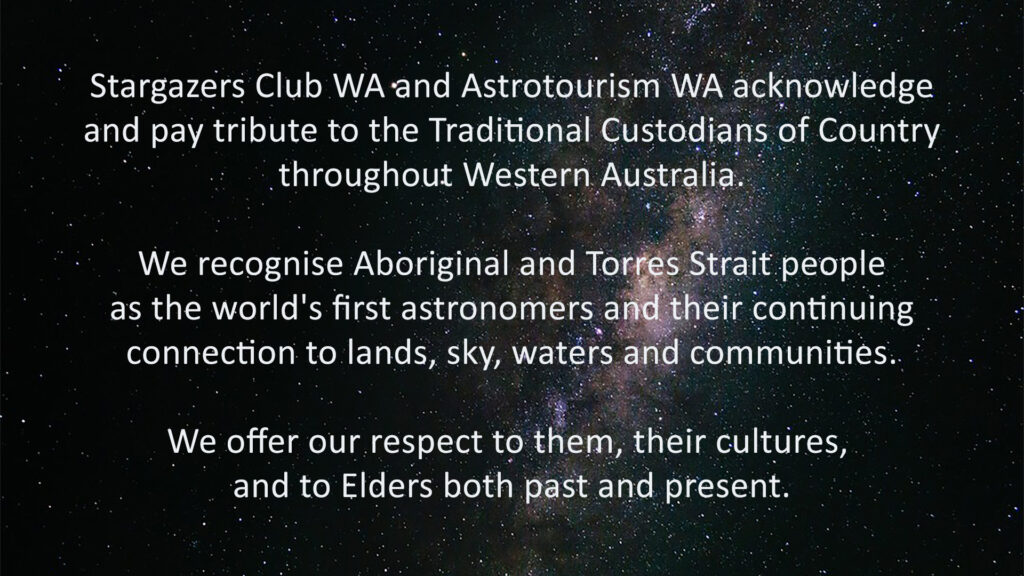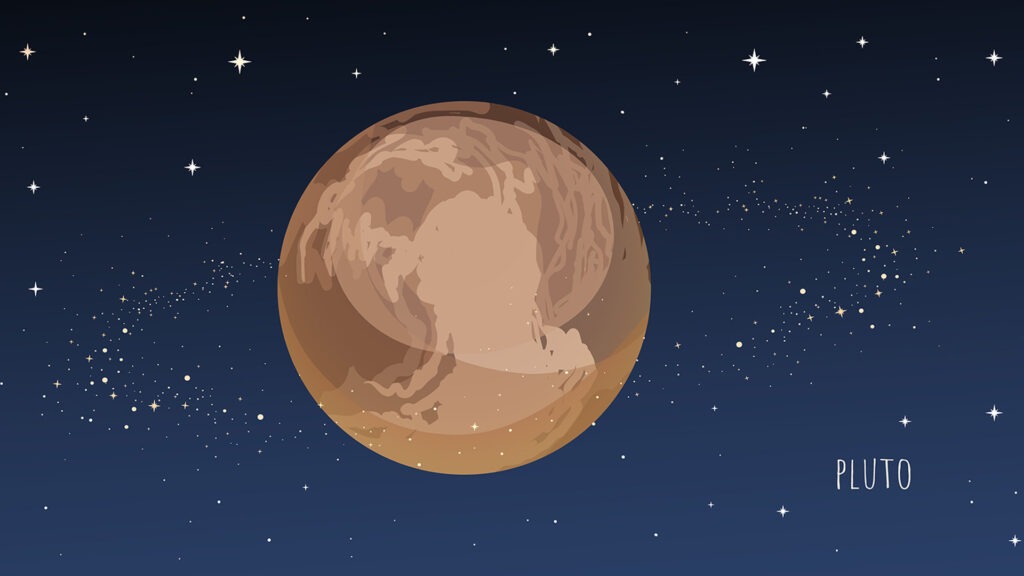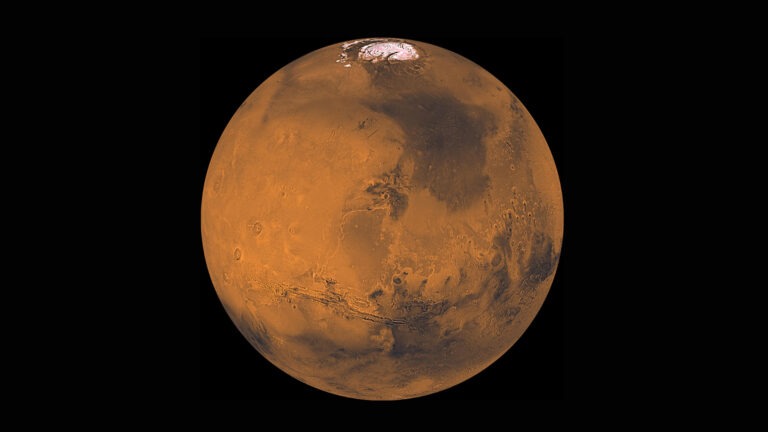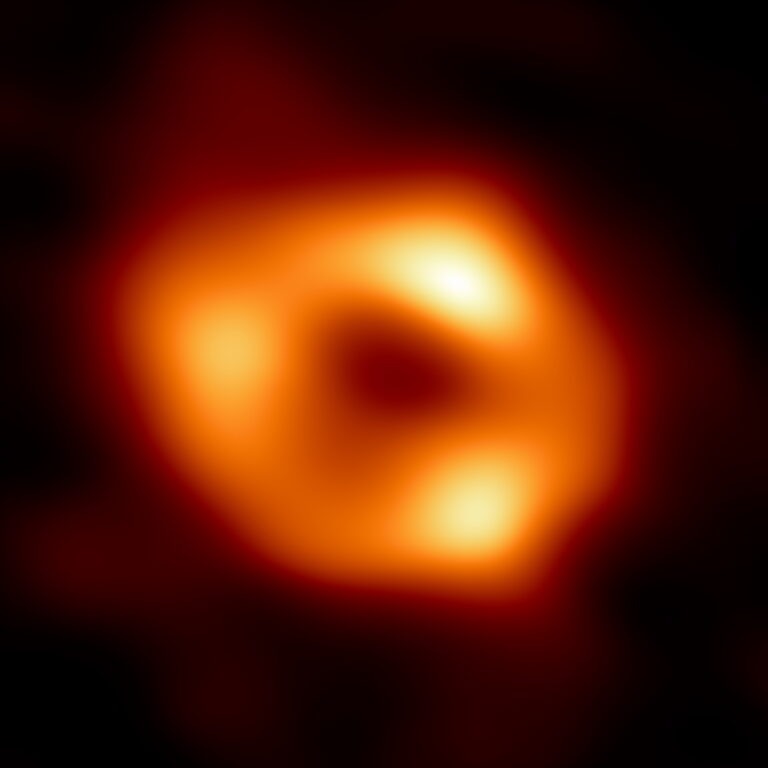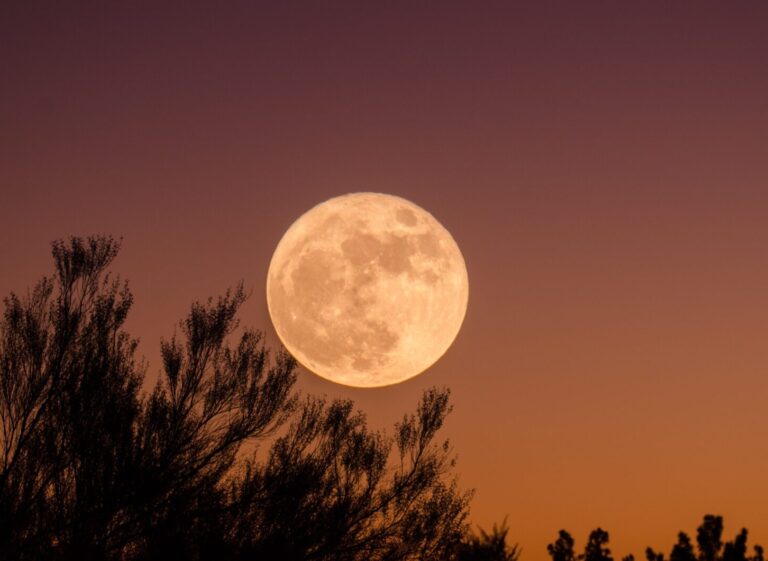How many dwarfs can you name? Not Sleepy, Dopey, and their friends, but our solar system’s five dwarf planets.
In August 2006, the International Astronomical Union (IAU) ruled that Pluto wasn’t a planet. By this definition, our Solar System officially has only eight planets: Mercury, Venus, Earth, Mars, Jupiter, Saturn, Uranus, and Neptune.
Pluto’s exclusion is arguably the biggest controversy in modern astronomy. To say not everyone was happy is an understatement.
Pluto’s downfall started in the early 1990s, when astronomers discovered evidence of more objects orbiting the Sun at a greater (average) distance than Neptune.
The sheer vast number of these Trans-Neptunian Objects (TNOs) meant astronomers would surely find something as big, or bigger, than Pluto.
By 2006, astronomers had found several objects comparable to our then-ninth planet, creating problems for the IAU. For centuries, we’d described planets according to the ancient Greek word for celestial bodies moving in the sky, as distinguished from a fixed star.
This definition worked when there were only six planets. However, by 2006, determining what made something a planet, rather than a comet or asteroid, needed more than subjective decisions.
Our Crowded Cosmos
Did you know that before we discovered Neptune, back in the late 19th Century, we had a different eighth planet, Ceres? Astronomer Giuseppe Piazzi found in 1801 what he thought was a fixed star in the asteroid belt between Mars and Jupiter. After observing it for three days, Piazzi realised it was a planet.
Half a century of similar discoveries later, the solar system started getting crowded. Joining Ceres were minor planets Pallas, Juno, Vesta, and, depending on who you asked, Astraea, Hebe, Iris, Flora, Metis, Hygiea, Parthenope, Victoria, Egeria, Irene, and Eunomia. If nothing else, the mnemonic for remembering their order would have been a mouthful.
Eventually, astronomers removed these newcomers from the planetary lineup and mostly adopted William Herschel’s term asteroids for the newcomers.
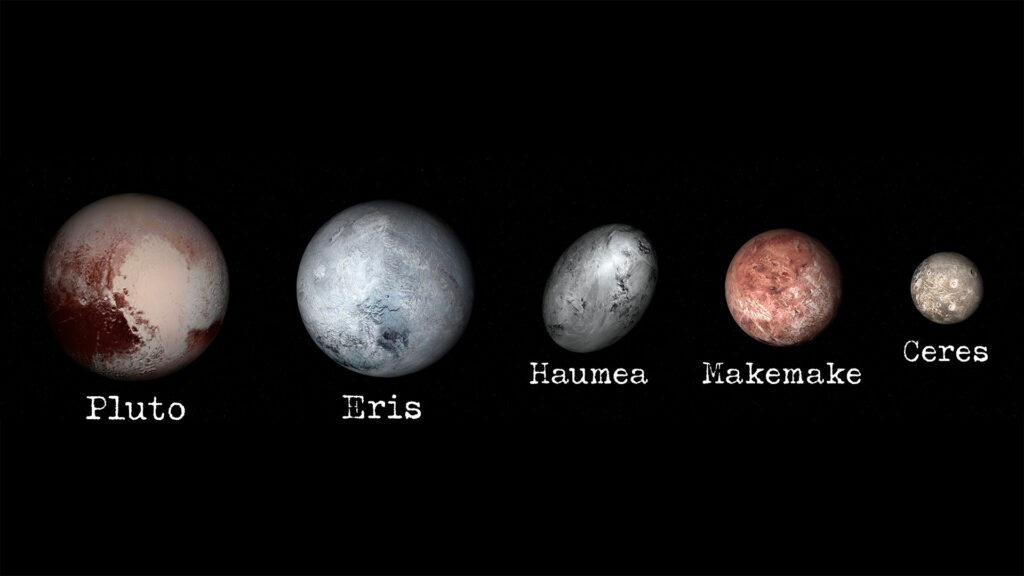
The Age of the Dwarf Planet
The dwarf planet Eris’ discovery sparked so much debate within the astronomical community that it’s named after the Greco-Roman goddess of strife and discord.
Eris is roughly the size of Pluto, but it has almost 30% more mass, so if Pluto were a planet, that meant Eris was, too. That decision could have reopened the door to many more potential planets.
Acknowledging that the Universe doesn’t like being put into neat boxes, to settle the debate, the IAU 2006 General Assembly formally classified a planet as an object that:
- (a)is in orbit around the Sun, (b)has sufficient mass for its self-gravity to overcome rigid body forces so that it assumes a hydrostatic equilibrium (nearly round) shape, and (c)has cleared the neighbourhood around its orbit.
As the IAU took away Pluto’s planet definition with one hand, it gave us dwarf planets with the other. Like Pluto, these are objects in orbit around the Sun and large enough to pull themselves into a nearly round shape, but that haven’t cleared their orbit of debris.
The quirks of Eris and Ceres
Ceres might have once fallen to the rank of asteroid, but it makes up about 40% of the asteroid belt’s estimated total mass. It’s also unlike the other dwarf planets because it’s the only one in the inner solar system.
Eris is particularly unusual. You can now add another astronomy acronym to your collection, because Eris is a Scattered Disk Object (SDO). This means the dwarf planet has a highly elongated and significantly tilted (“highly inclined”) orbit.
Eris’ orbit means its distance from the Sun varies dramatically, ranging from about 38 AU at its closest (perihelion) to around 97 AU at its farthest (aphelion), and it’s inclined on a 44-degree angle: much steeper than Pluto’s 17-degrees.
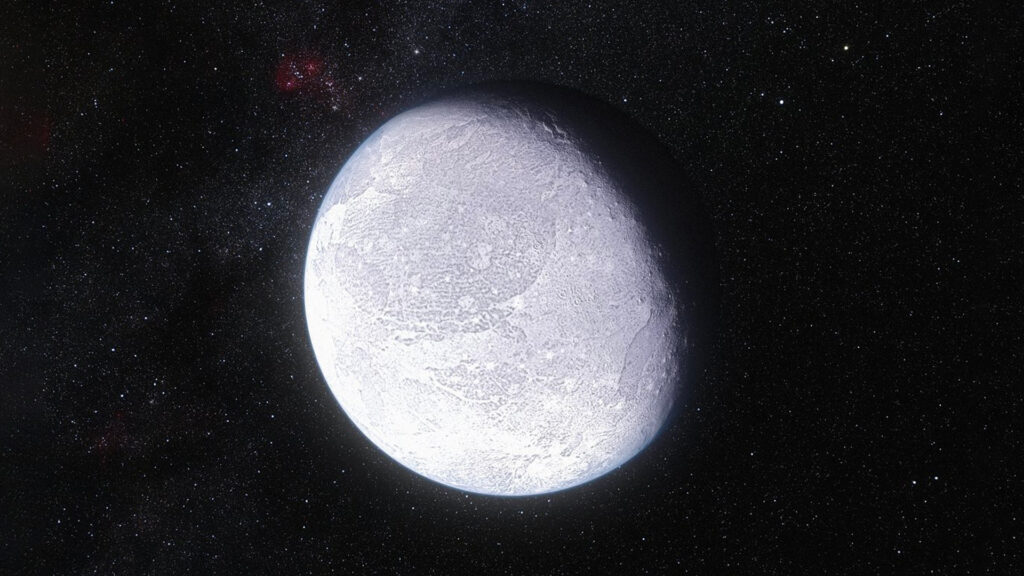
Naming the Dwarf Planets
The remaining two dwarfs officially joining Eris, Pluto, and Ceres are Haumea and Makemake. Although we have images of both objects dating back to 1955, scientists haven’t yet demonstrated the pair are spherical (in hydrostatic equilibrium).
IAU guidelines have dwarf planets named for a “deity or figure related to creation”. For example, Makemake, the Polynesian Rapa Nui people’s creator of humanity and god of fertility, and Haumea, the Hawaiian goddess of childbirth and fertility.
If you’re familiar with the arguing and accusations that followed Haumea’s discovery and announcement, that dwarf planet might have been a better choice to name after strife and discord.
Other, unofficial, dwarf planets
Having clear, understandable and consistently applied criteria for dwarf planets would be too easy.
With this in mind, Quaoar (discovered 2002), Sedna (2003), Orcus (2004), and Gonggong (2007) unofficially bring the number of dwarf planets to 12.
If that’s not enough, some astronomers would also like to see TNOs Salacia, Máni, Varuna and Ixion also included. There could be hundreds of potential dwarf planets in our solar system.
Even today, not everyone in the astronomy community agrees that Pluto isn’t a planet, the definition of a dwarf planet (let alone their numbers), or even that we should use the name dwarf planet at all.
We’ll let you decide for yourself if the IAU’s decision settled any debate.

Jay Chesters
Jay Chesters is a wordsmith with a little bit of a thing for the stars. As a cosmic storyteller with a love for astronomy and space that's out of this world, Jay’s always eager to share his knowledge and passions.
Check out Our Events Calendar
Join us at our next event, and get together with like-minded people who love everything about the night sky.
